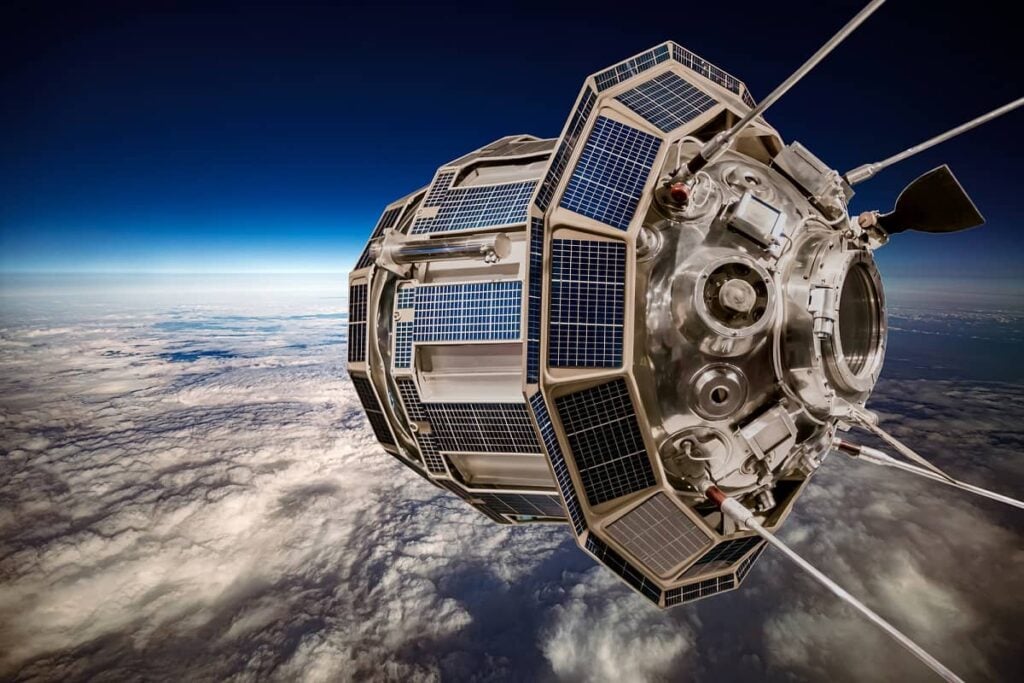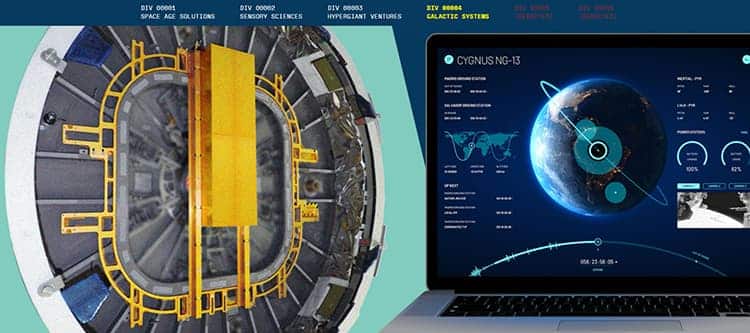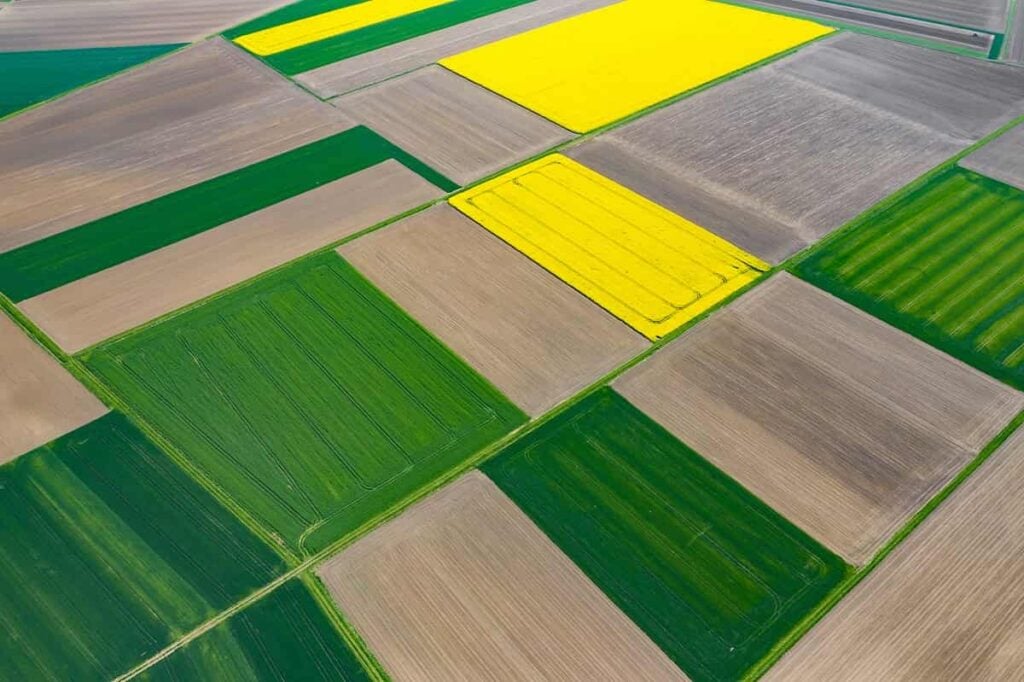5 Space Startups Using AI to Make Smart Satellites
Table of contents

“I’m sorry, Dave, I’m afraid I can’t do that.” That’s probably one of the most chilling lines of any sci-fi AI villain. HAL, the sentient computer that runs the ship in 2001: A Space Odyssey, has decided that humans are superfluous to its mission. That iconic scene has influenced how we think about the role of artificial intelligence in space – mainly as a maniacal murderer – for more than 50 years. The reality, of course, is far different. AI has played a pretty minor role in the exploration and exploitation of space to date, with a few exceptions, such as the Mars rover Curiosity, which uses deep-learning algorithms to navigate the Red Planet. Certainly, quite a bit of satellite communications and navigation occurs autonomously, though humans are still in the loop, especially when it comes to tracking and avoiding space junk around Earth.
New innovations in AI, however, are enabling companies to build smart satellites that can process images in space, navigate on the fly, and optimize communications in new ways. For instance, IBM (IBM) – the company that probably kicked off popular interest in AI a decade ago when IBM Watson premiered on the quiz show Jeopardy! – has developed an open-source platform called KubeSat to automate communications between satellite swarms using a subset of AI called machine learning. The system can be used to simulate how small satellites form clusters and interact with things like ground stations, VentureBeat reported. Aerospace and defense giant Lockheed Martin (LMT), meanwhile, will begin launching smart cubesats capable of changing missions by simply uploading new AI-powered apps while in orbit. One of the first apps is called SuperRes, an algorithm that can automatically enhance low-res images taken by cheap sensors.
In effect, satellites are being turned into edge computing machines that are more capable, flexible, and independent by relying less on Earth-bound communications or pre-programmed missions. That will become increasingly important as humans venture deeper into space on new commercial space stations en route to Mars and beyond. In the near-term, it will help accelerate the shrinking of hardware, because algorithms can turn satellites the size of cereal boxes into instruments nearly on par with ones the size of a Volkswagen.
Now let’s look more closely at how five startups are applying AI to build these smart satellites.
Intel Hardware and Computer Vision
Satellites have turned Earth observations into a revenue-generating business by capturing different types of imagery related to agriculture, energy, and more. Until SpaceX started launching its Starlink constellation to dominate the global internet market, San Francisco-based Planet operated the largest fleet of satellites, which focus on geospatial intelligence for a wide variety of industries. And, until recently, most geospatial intelligence startups used algorithms in the post-acquisition phase to analyze and commercialize the data.

An Irish startup, Ubotica Technologies, teamed up with Intel Corporation (INTC), among others, to deploy AI technology aboard a smallsat named PhiSat-1. Founded in 2016, Ubotica develops computer vision and machine learning in several markets, including cancer diagnostics, as well as space and Internet of Things. Those algorithms are especially designed to work on Intel’s AI chip, Intel Movidius Vision Processing Units (VPUs). PhiSat-1 is one of a pair of smart smallsats on a European Space Agency mission to monitor polar ice and soil moisture, as well as test a new inter-satellite communications system. Ubotica designed the AI system onboard, leveraging Intel’s Movidius VPU on a high-tech hyperspectral-thermal camera, to filter out cloudy images. Why is that a big deal? Clouds cover about two-third of the planet at any one time. One workaround are space radar systems, which can peer through clouds and are also becoming cheaper to develop. Or you can do the same science on a cubesat that filters out crappy and cloudy images before beaming the data to Earth on limited bandwidth:

A press release from Intel claims the AI system, which was trained on synthetic data, can reduce bandwidth use by 30%.
An Australian Smart SmallSat Startup
LatConnect 60, a startup out of Australia that was founded in 2019, claims it will begin launching a trio of smart satellites that use AI onboard next year. The CEO of LatConnect 60 recently explained to Via Satellite how his company’s machine learning algorithms can do everything, from autonomously collecting and coordinating imagery acquisition among satellites to selecting the fastest link to get that data to its customers.

Based on the company website, it looks like the first application is in agriculture for crop monitoring, which would make use of the multi-spectral imaging sensors aboard the LatConnect 60 smart satellites. Such images work, more or less, by capturing the type of light reflected off the crops, which can indicate the health of the plants in different ways.
Self-Driving Tech in Smart Satellites
A pair of Hungarian startups are trying to develop a sort of all-purpose AI satellite similar to LatConnect 60, but based on an AI platform originally dedicated to self-driving cars.
We’ve already covered one half of the duo in our list of top AI startups in Central and Eastern Europe: Founded in 2014, Budapest-based AImotive has raised $67.8 million for developing a range of self-driving tech. The company isn’t a vehicle manufacturer like Tesla (TSLA), but rather offers a suite of plug-and-play solutions in both AI hardware and software, including simulation software for teaching cars how to drive without putting on real road miles. AImotive is working with NewSpace startup, C3S, which was founded in 2012. It’s up to C3S to integrate AImotive’s hardware into a power-constrained nanosatellite package:

And like LatConnect 60, the new smart satellites will first support precision agricultural solutions by processing hyperspectral imagery data onboard and delivering it as fast as possible so end users can optimize crop yields.
A Smart Satellite with Self-Control
Italian space startup AIKO, which has raised only a modest amount of capital since being founded in 2017, is developing an AI platform called MiRAGE that is basically a smart satellite operating system. The satellite analyzes data from telemetry, its onboard payload-like cameras, and external data to operate autonomously. The satellite “becomes aware” and is capable of responding to different conditions and missions, according to the marketing.

In what’s now becoming an obvious trend with space startups using AI on satellites, MiRAGE can respond dynamically to Earth observation missions by tracking features on the surface and acquiring imagery based on its fine-tuned algorithms. It also selects and prioritizes how it downloads data to the Earth denizens down below.
A U.S. Smart Satellite Startup
We have to go to Austin, Texas to find our only U.S. entrant on this list of smart satellite startups. Founded in 2018, Hypergiant Industries is an AI startup like Ubotica in the sense that it develops computer vision and machine learning technologies in several sectors. The U.S. Air Force has tapped the company’s Galactic Systems division to develop a constellation of two or three dozen smart satellites that can be reconfigured for different missions. Dubbed Project Chameleon, one of the key objectives will be to develop an AI platform that enables the constellation to act like a swarm in real-time. The CEO of Hypergiant Industries told Via Satellite that his company is also developing machine learning-based orbit algorithms to predict the position of other satellites and debris, as well as neural networks that can identify objects and aliens (we assume).

Phase III of the project is worth $10 million, according to Silicon Hills News, with the first flight scheduled for next year.
Conclusion
We’ve talked before about the impact of small satellites and cheap launch services on the emerging NewSpace industry. Now with AI emerging as the chief operating software for swarms of smallsat constellations, we imagine space will start to fill up much faster. In theory, these smart satellites should be better at avoiding each other. So there’s that.
Most of these companies have promised launches in 2021. The space industry is notorious for schedules slipping by months, if not years, so we’re not holding our breath. On the other hand, the fact that they’re promising to deliver the first generation of AI-powered smart satellites so soon implies we could be witnessing the tipping point for artificial intelligence as the fuel that helps take us to Earth orbit and beyond.
Sign up to our newsletter to get more of our great research delivered straight to your inbox!
Nanalyze Weekly includes useful insights written by our team of underpaid MBAs, research on new disruptive technology stocks flying under the radar, and summaries of our recent research. Always 100% free.



















